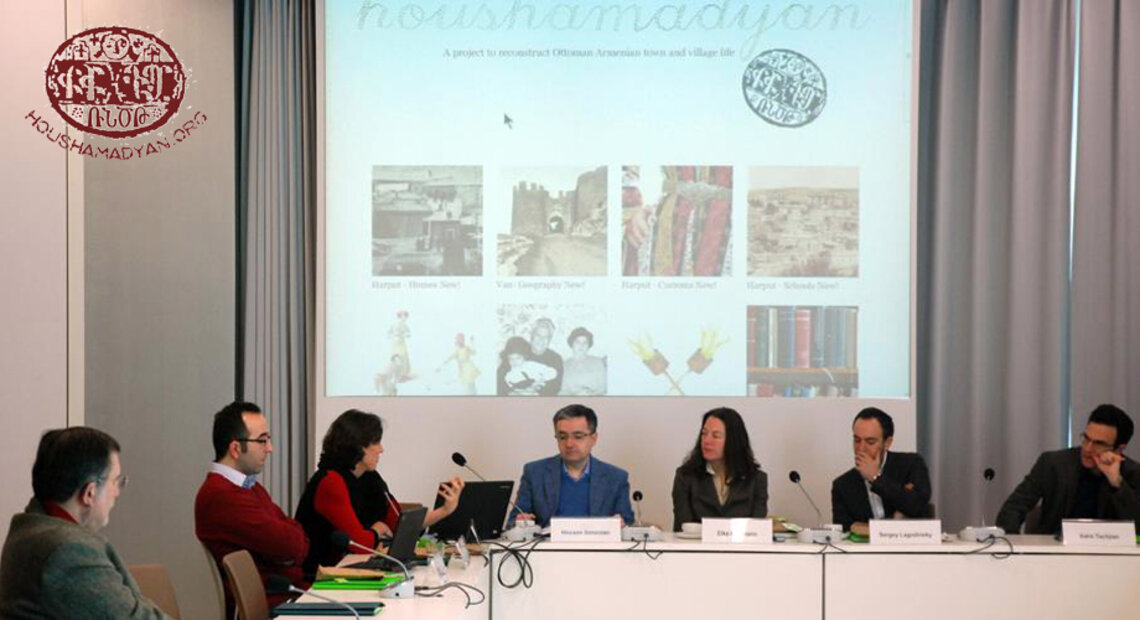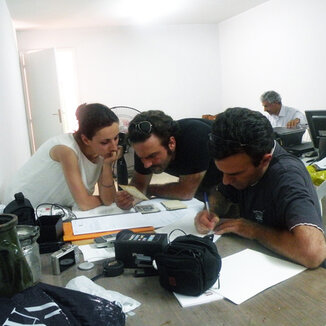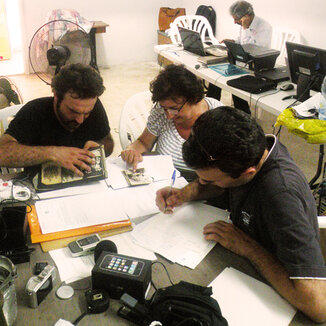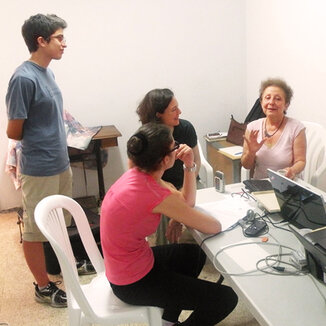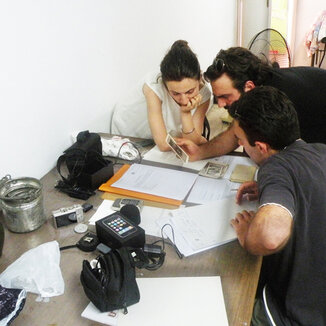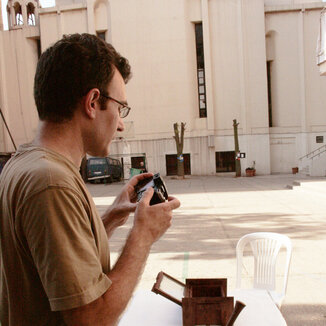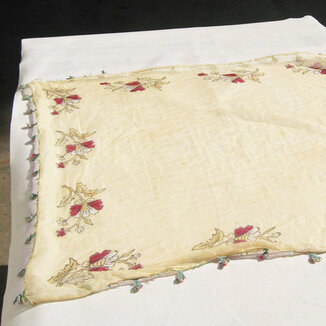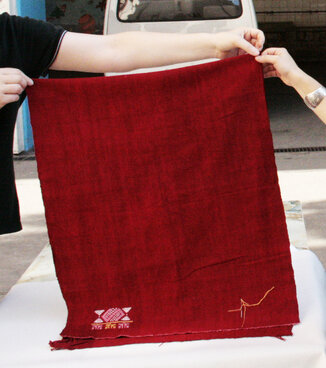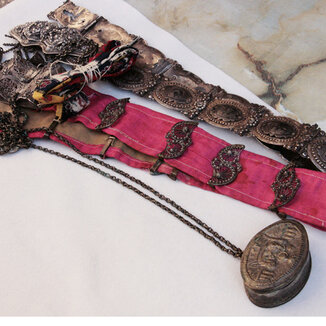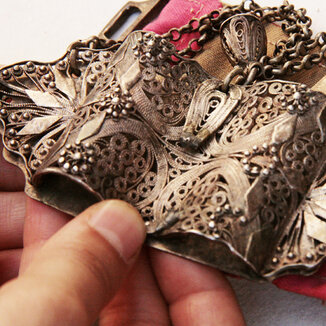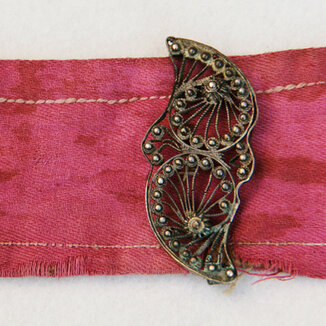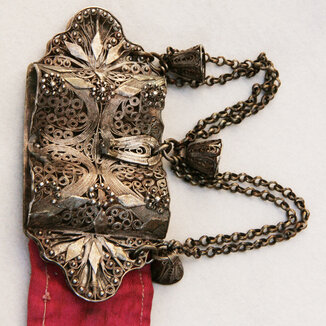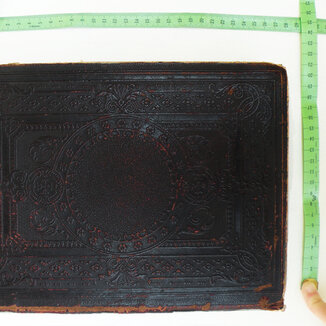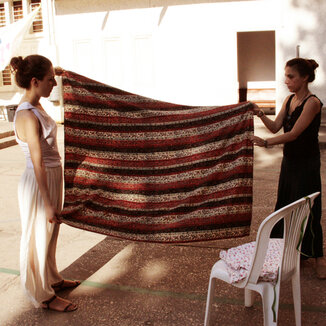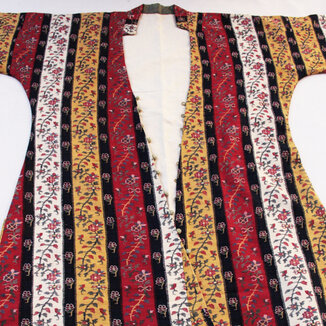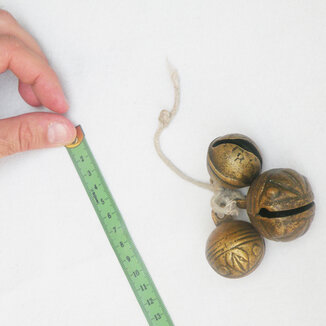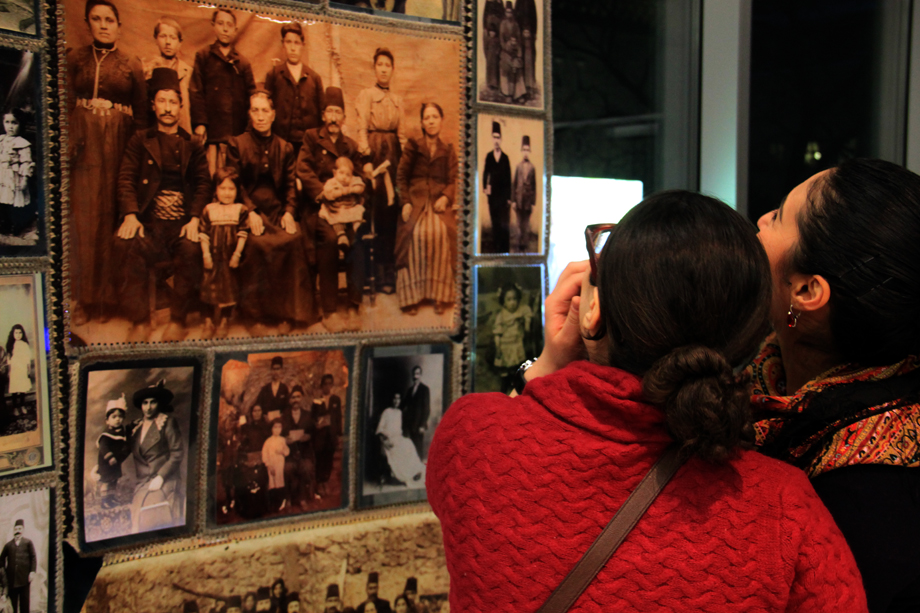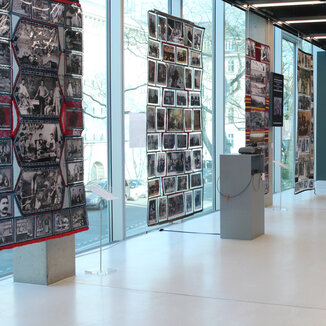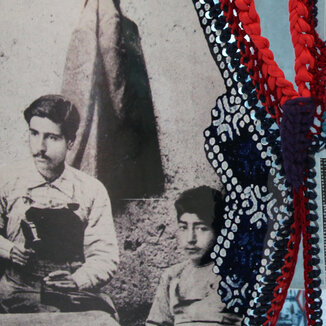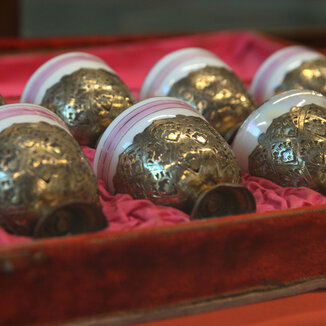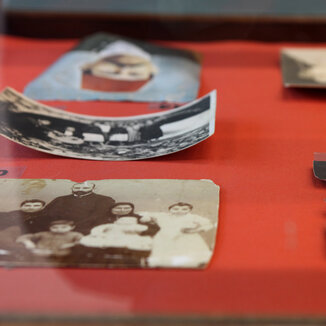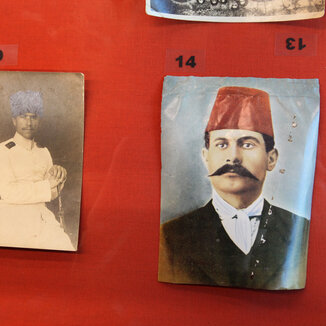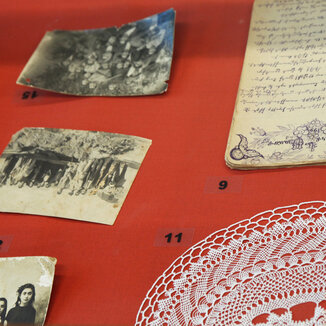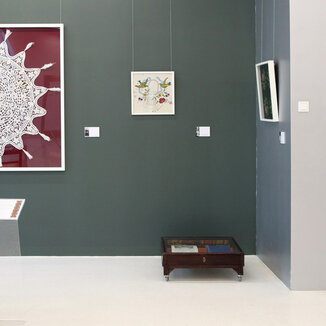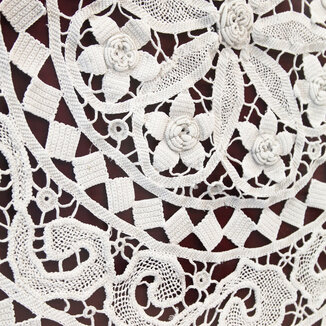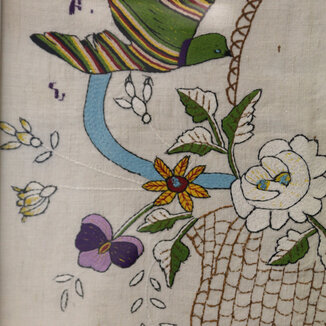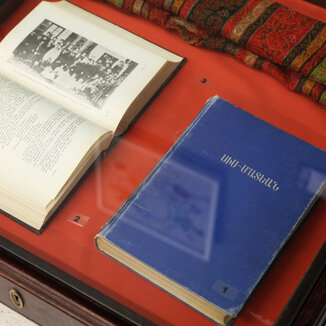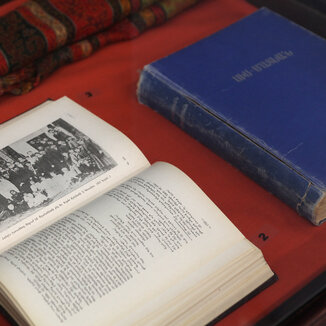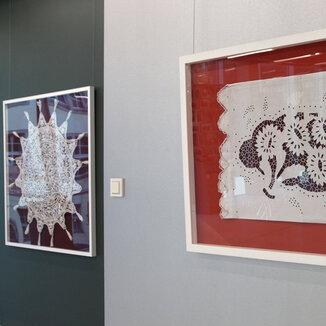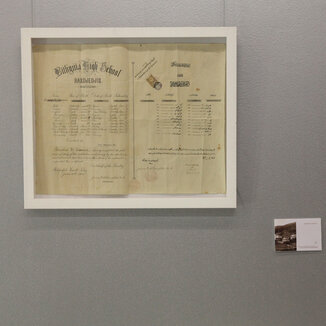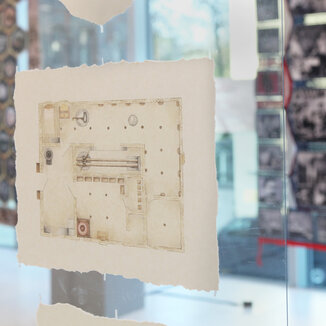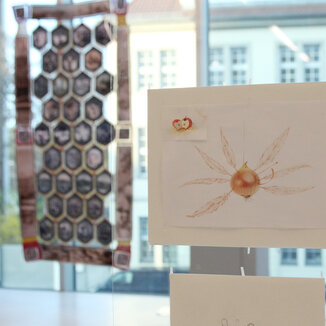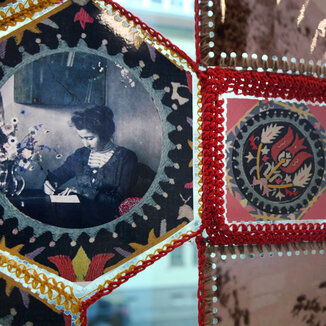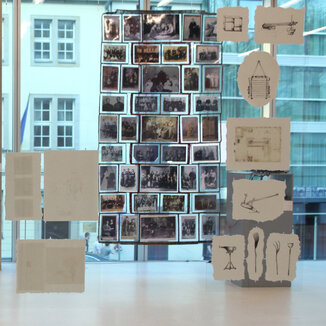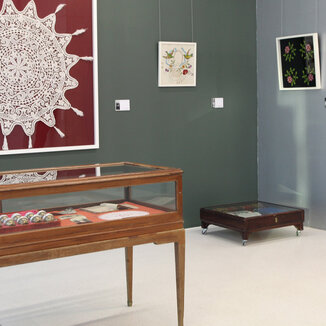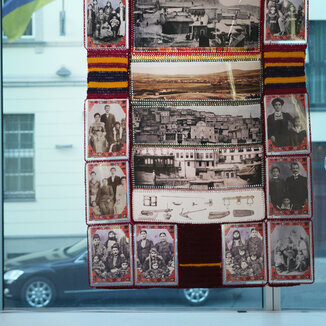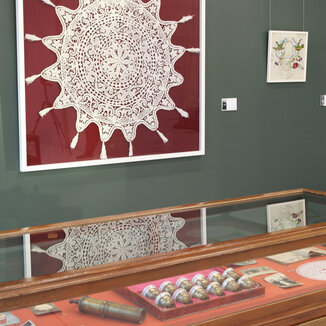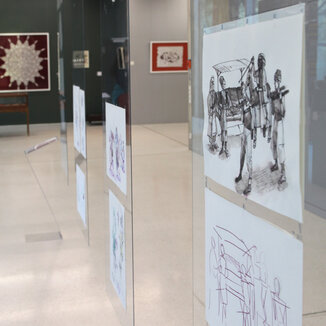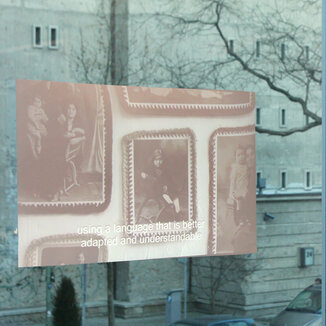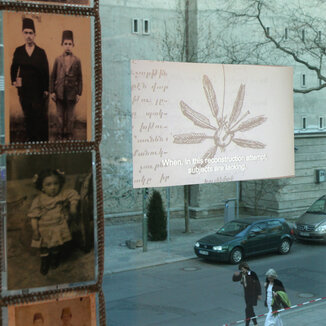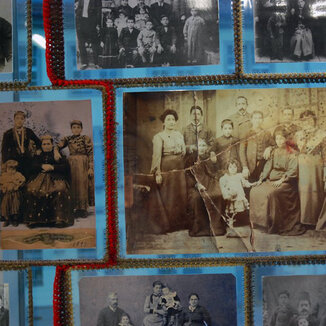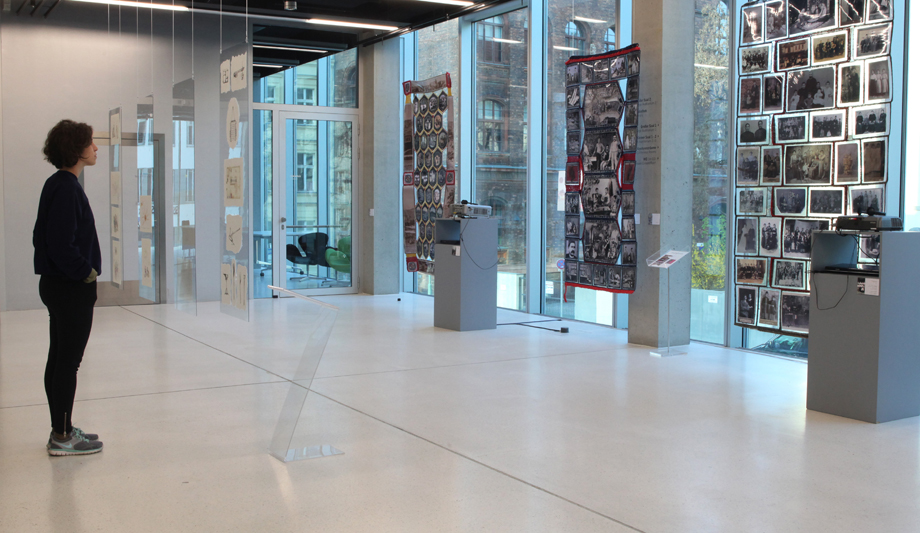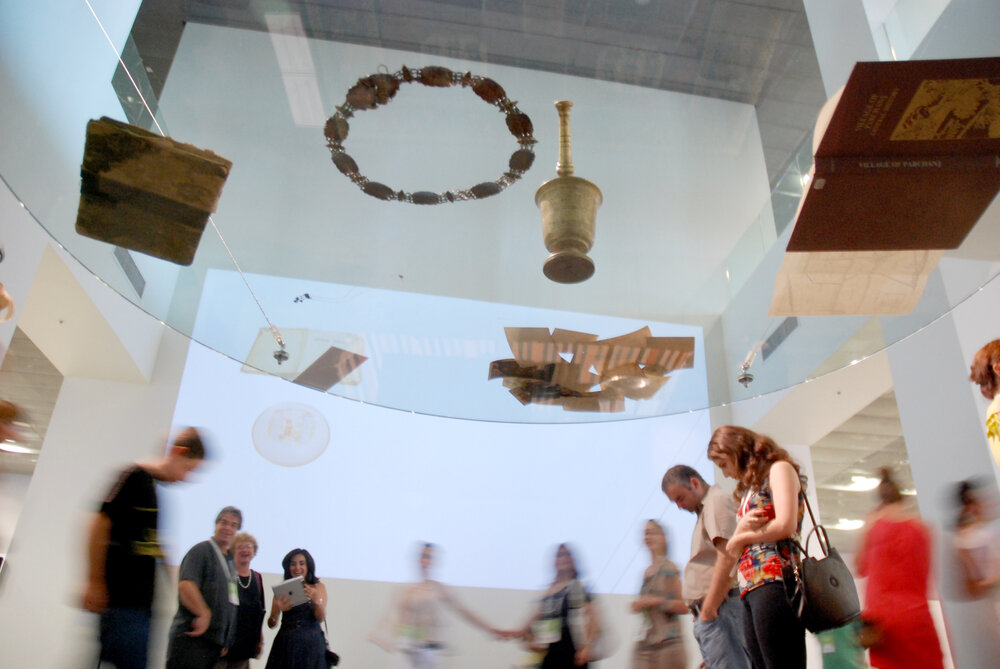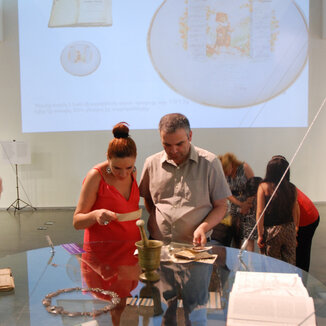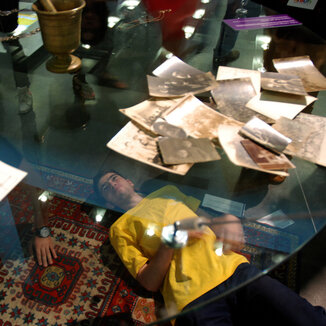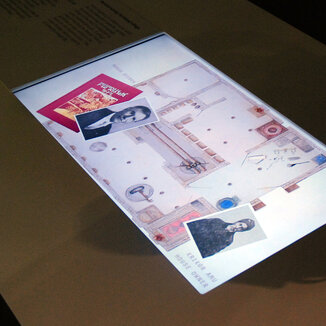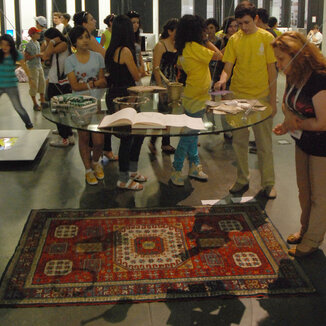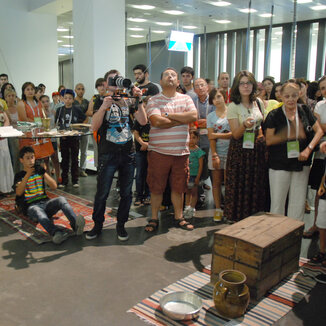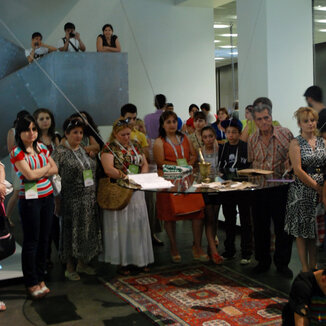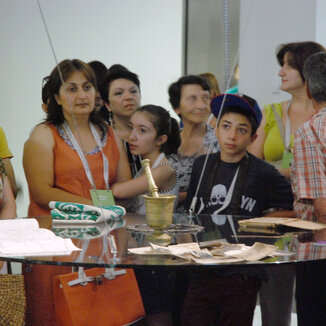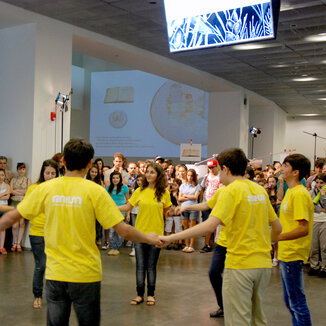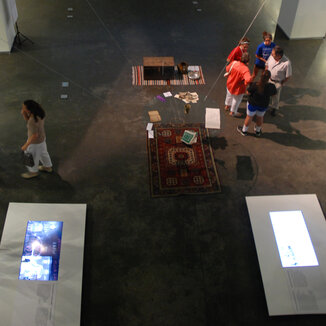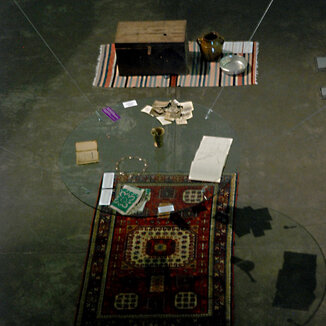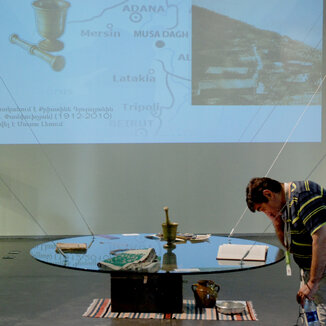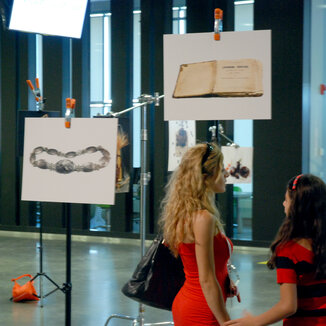Events
In this section you will find visual or written coverage prepared by our team and friends on events organised by Houshamadyan.

Lebanon - Open door meetings
Houshamadyan’s three days of open door meetings held in Bourj Hammoud (Lebanon) at the Armenian Evangelical "Shamlian Tatigian" Secondary School on July 10, 12 and 14, 2012.
It was a collaborative event between the Houshamadyan Association and Haigazian University (Lebanon). Many people brought memory items (old photos, utensils, books, clothes) linked to Ottoman Armenian life, several of which are pictured below.

Performance: "Crochet for memory"
Recording of "Crochet for Memory," a Houshamadyan event held in March 2013 in Silvina Der-Meguerditchian's atelier (Berlin)

Workshop, exhibition and panel discussion in Berlin
Houshamadyan organised its first exhibition in Berlin (from 27 March to 10 April, 2013).
The exhibition ("Memory without a place") was curated and produced by our art director Silvina Der Meguerditchian. Various photos and objects from our collection and from the collections of acquaintances were displayed.
The exhibition took place in partnership with the Heinrich Böll Foundation at Schumannstraße 8, 10117 Berlin.
A one-day workshop, initiated by Houshamadyan and the Heinrich Böll Foundation, took place at the same venue on the 27th of March. The workshop focused on the life of the Armenians of the Ottoman Empire, its recollection and the means of reconstructing it. It was followed by a panel discussion moderated by Ulrike Dufner and featuring Elke Hartmann, Hülya Adak and Michael Dorrmann.




Workshop and exhibition: Objects that tell stories - at TUMO in Yerevan
Working at TUMO (Center for creative technologies) with historian Vahe Tachjian students developed different skills in the field of investigation, reconstructing memory, storytelling and story writing.
They collected oral history interviews, old songs and memory items in relation to Ottoman Armenians from their own homes or from the families of relatives and neighbors. With the help of the workshop leaders they wrote the stories of these objects and of their initial owners, to trace the route already traversed by the items, and to place the stories in historical context. Through these collected materials and the edited texts, they highlighted micro-histories, which appear at first sight to be the stories of the items’ individual owners but, at the end, also constitute elements of a broader collective memory.
Through the workshop, students developed new perspectives on the history of the Armenians in the Ottoman Empire, learned how to ask the right questions about them, and produced corresponding content modules for the web.
During the second part of the workshop, participating students worked with the artistic director of Houshamadyan, the visual artist Silvina Der-Meguerditchian, to produce visual products for the site. Silvina collaborated with the students to design content for the houshamadyan site and other visual outcomes, and to ensure that the design helps communicate these stories and key message. Working with her, the participants learned how to document visually recollected objects, do restoration of photographs, and produce podcasts and short video pieces.
